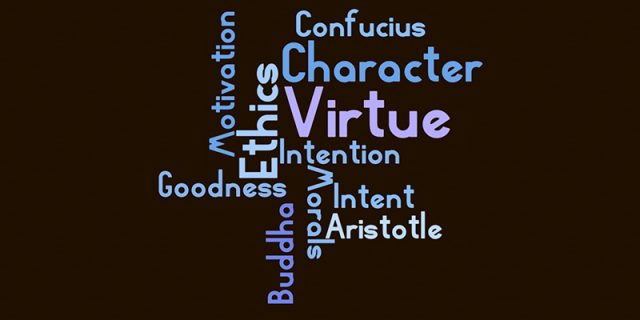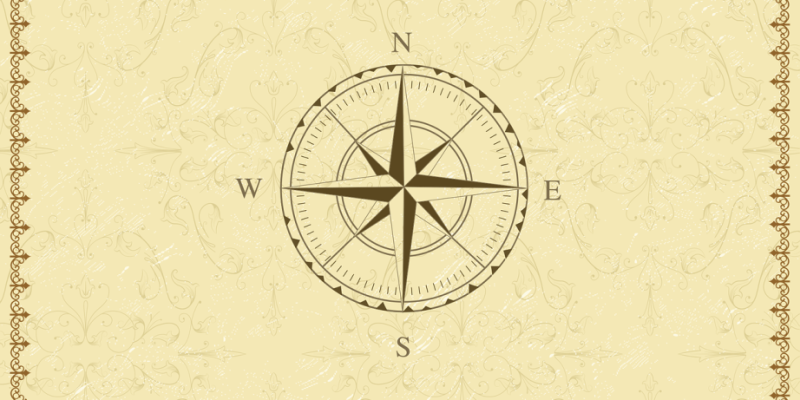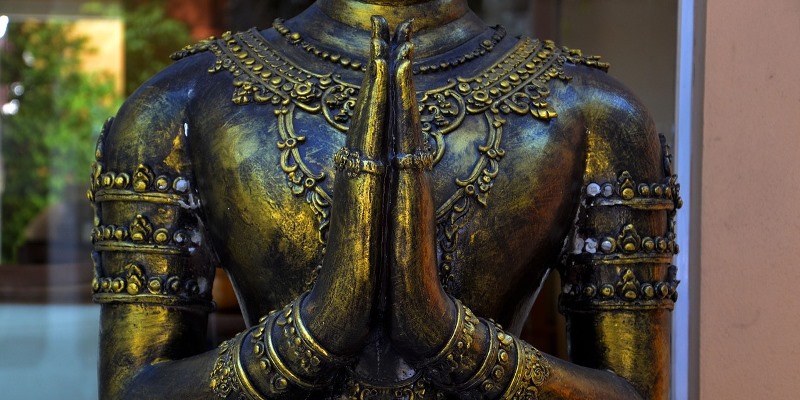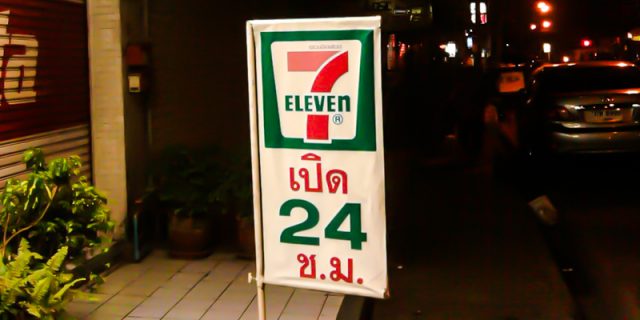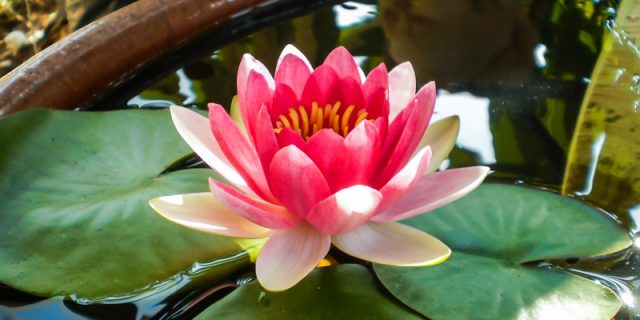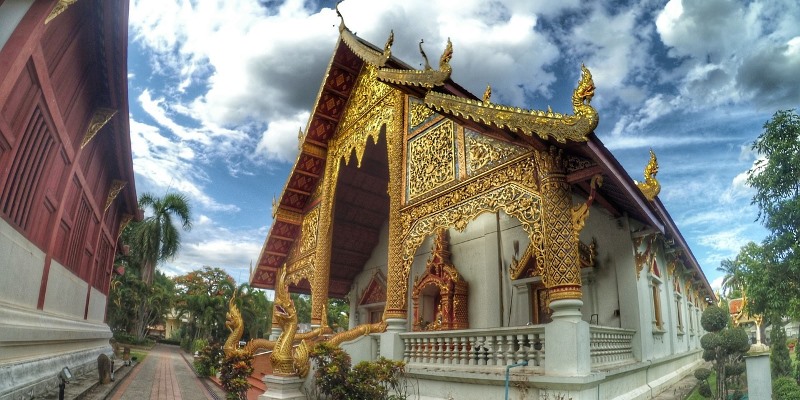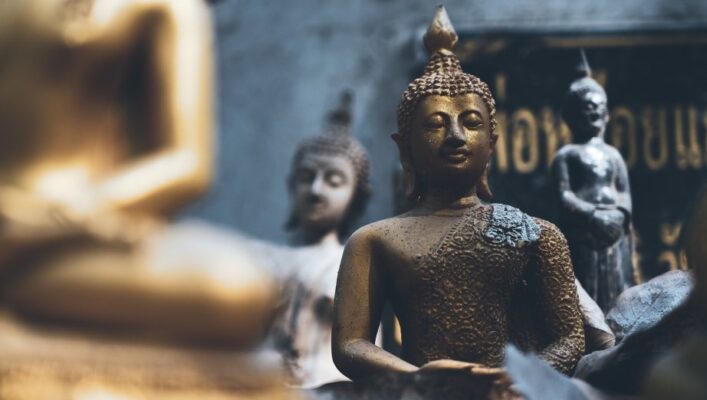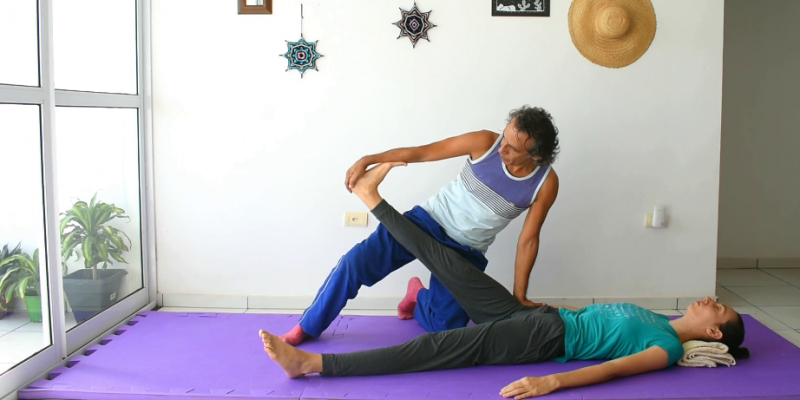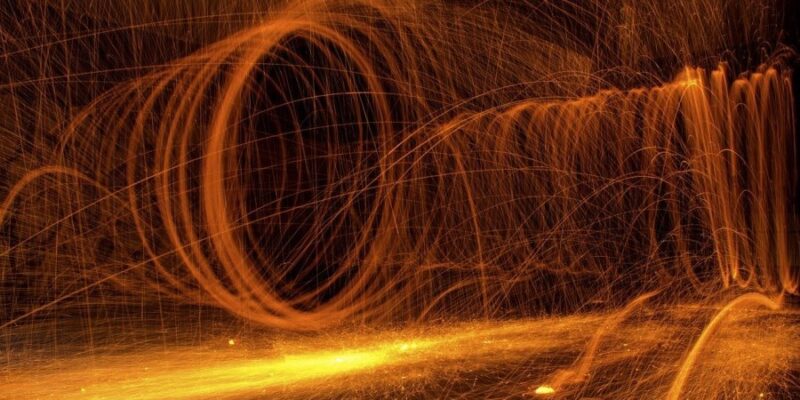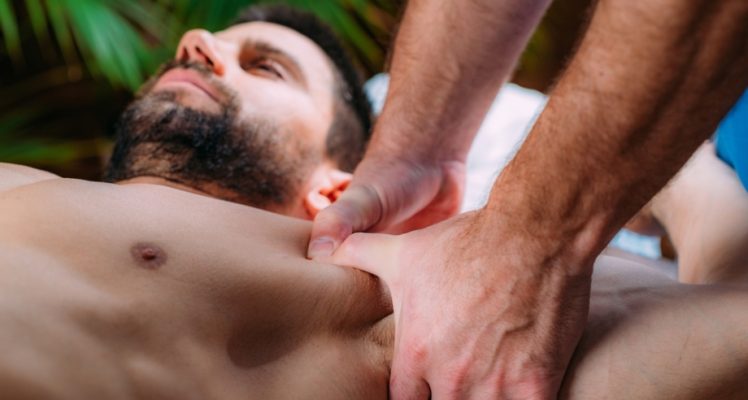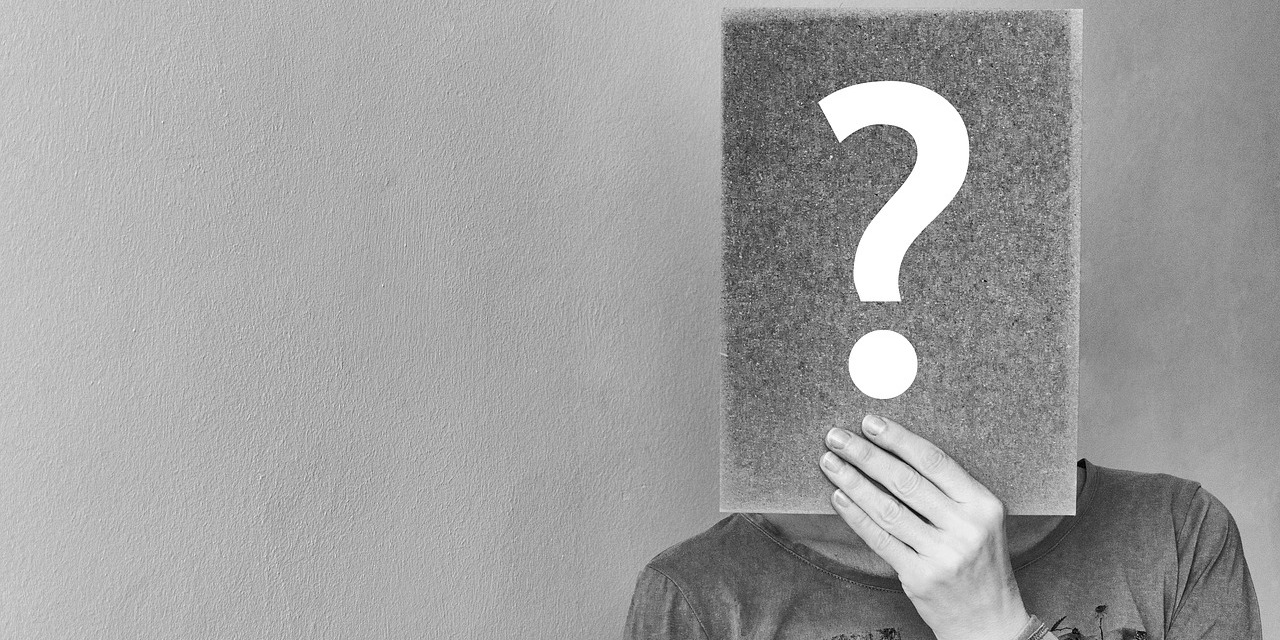
Before you read this article, I’d like to add the following note: when you write about an extraordinary or controversial person, what’s written most likely will be somewhat controversial also. Moreover, ten people experiencing a person all see that person according to their particular point of view, personal makeup and background, and on the other hand, one who sees the same person ten times sees ten different things also but maybe finally comes to a more ‘holistic’ or ‘truthful’ view of that person.
In any case, the real story or ultimate truth about a person can’t ever be known, even not for the person in question, because perspectives are always changing without end. I’ve added some links to other articles about Pichest at the end of this post. Perhaps those have a view that is more benign or more truthful even, giving more credit to this charismatic human being who has been of such importance for the development of Thai Massage teachings, practice, and knowledge in past decades.
Note: Ajarn Pichest Boonthumme passed away on August 21th, 2023.
I reckon that anyone who goes a bit deeper into Thai Massage, who takes more training, and reads about Thai Massage, will one day or the other inevitably hit onto the phenomenon of Ajarn Pichest Boonthumme (Pichet Aon Phawat Boonthumme).
Ajarn Pichest is perhaps the best known living Thai Massage Guru in Thailand. His influence is vast, his radiation intense, and many contemporary Western Thai Massage teachers are or have been influenced by his style, methods, and techniques.
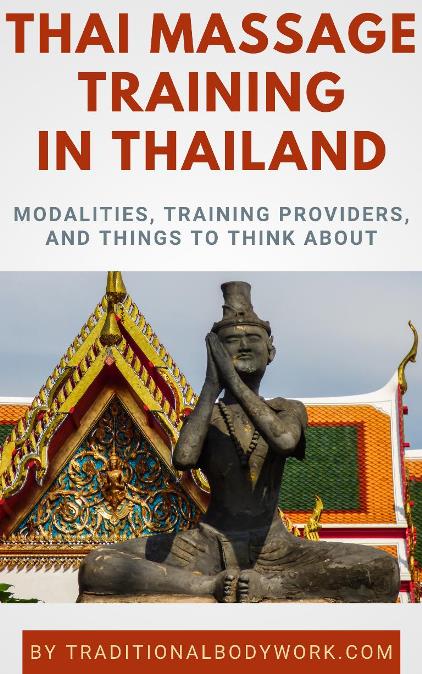
The late Asokanada (Harald Brust), the founder of the Sunshine Network and the author of the book the Art of Traditional Thai Massage, is one of the earliest Western teachers who put Pichest prominently in the picture. Asokananda has been one of the most important contributors to spreading Thai Massage — or Thai Yoga Massage as he labeled it — in Western countries, notably in Europe.
Apart from Asokananda, there are and have been many other teachers who wrote about or payed tribute to Pichest for his teachings, and that of course further spread his name and fame.
But then, who is Pichest?
Well, that’s a difficult question to answer. So many people, so many stories. What stands out, is that Pichest is an important contemporary Thai Massage instructor and therapist, known around the world, and his work finds its way to the many practitioners and teachers studying and learning from him directly, or indirectly through other teachers.
Pichest Boonthumme was born in 1958, in Hang Dong (near Chiang Mai city), Thailand. His father was a Traditional Thai Medicine doctor and taught him the first basics of Thai Massage and Thai Medicine. Later, in his twenties, he got a practitioners job at the Old Medicine Hospital in Chiang Mai (Thai Massage School Shivagakomarpaj).
In the early eighties of the former century, he gradually became one of the most important practitioners and teachers at the Hospital. It’s there where Asokananda met him. In the nineties, Pichest stopped working in Chiang Mai and moved his therapy and (teaching) practice to Hang Dong, back home. From then on, his fame gradually started to grow.
The legends and gossips surround him while still being alive, and in fact it’s hard to know exactly what’s true and what’s not. One of Pichest’s nicknames became the “Chain Smoking Master of Thai Massage.” Apparently, he would smoke a lot, even when doing a massage session, although I must say I didn’t see him smoking when I met him early 2012.
There are other things said about Pichest I can confirm myself though: I actually saw him taking a nap while in fact giving class — he just suddenly got up from out Lotus position, walked to the side end of the room, laid down and went for about an hour of sleep.

I can also confirm that his English is quite hard to follow. The only thing I can remember him telling me over and over again was “Too much thinking. People too much thinking.” This is one of his big things with Westerners — he wants to bring them back more in “feeling and intuition.” By the way, he’s famous for his quotes. In a previous article about Pichest I’ve put some of those together.
Pichest is also known for his tough style of massage. Say, intense style… the “no pain, no gain style”… or as said in Thailand “Good pain!” He’s celebrated for his extraordinary techniques and approach, continuously inventing and adding new stuff to his repertoire. Pichest likewise stresses the “no effort” way of doing Thai Massage, that is — correct alignment, proper body mechanics, and efficiency.
I once heard a story of one of my Thai Massage instructors telling me that Pichest got rather ill during his work at the Old Medicine Hospital due to misuse of his body, that is — strenuous working positions, not using body-weight while giving pressure, too much working with the hands and from out the shoulders, and so on. My teacher claimed that Pichest developed much of his particular style after that. That he realized the need to do things differently if he wanted to continue practitioning Thai Massage. Sounds plausible… but I can’t confirm if it’s true really.
The Thai Massage students you would meet in Pichest’s classes are practitioners at a variety of levels, from the total beginner to advanced and to very experienced therapists. Pichest doesn’t teach “a sequence,” so don’t expect to go for a week or so and learn a Thai Massage routine which you can apply to your friends or clients. What is taught is much about “what comes up,” and much about therapeutic applications.
There are many students who adore Pichest, but also many who don’t like him at all. He seems to be quite confronting and controversial, and sometimes tough in his judgements and remarks.
I remember another teacher of mine who disliked him for his confrontational style — she went to Pichest for the first time in her life and when she got in his classroom he remarked: “You too fat!” She told me she felt terribly embarrassed in front of the other students (she was indeed somewhat overweight), started to cry, and left, to never go back.
Another story that now and again comes up is that of a student who comes to learn from him and gets told that he’s not being allowed to practice, but first needs to watch the classes for a week (but still needs to pay for the course). Yep, Pichest seems to be very direct, but I suppose it’s all for your own good, that is — to break your petty ego, becoming humble, and learn anew with a fresh, clean mind.

Additionally, Pichest is a devout Buddhist and in his daily sermons (a kind of Dharma talks), he often criticizes contemporary developments in society in Thailand and around the globe. One of the examples he has used a lot is the 7-11 parallel, on which I’ve written another article also.
For me, well, I met Pichest only once, one day, and thus it’s impossible for me to judge the man, and why should I anyway. I only know that he heavily influenced my practice through other teachers, getting to learn some marvelous techniques and having gotten some valuable insights in the dos and don’ts of doing Thai Massage.
Frankly, I don’t think it should really matter what one personally thinks of him — that would exactly defy what he supposedly stands for. I feel as for Pichest it’s not about “to like or not to like,” or “want or not to want,” because that surely would be “too much thinking” really.
If you’d like to know more about Pichest Boonthumme’s work and practice, I would suggest to look up some videos about him on YouTube. There’s a lot of material to be found. Nothing better than to see the man in action!
A selection of other external articles on Pichest Boonthumme
▶ Pichest Boonthumme
▶ Тhailand – 2011. Pichest’s lessons
▶ Learning Thai Massage from Ajarn Pichest Boonthume
▶ One Week with Pichest Boonthumme
▶ A week with a Master: Ajahn Pichest Boonthume
▶ Review: Training with Pichest






